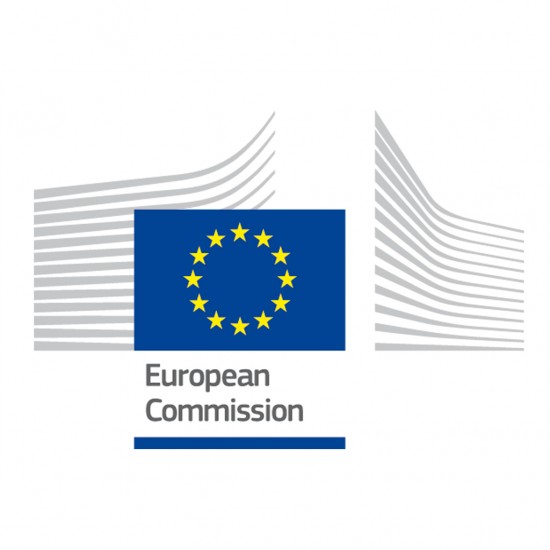IVD introduction
In vitro diagnostic medical devices are tests used on biological samples to determine the status of a person s health. The industry employs about 75 000 people in Europe, and generates some €11 billion in revenue per year.Some wording to better understand this article:
Active device means any device, the operation of which depends on a source of energy other than that generated by the human body for that purpose, or by gravity, and which acts by changing the density of or converting that energy. Devices intended to transmit energy, substances or other elements between an active device and the patient, without any significant change, shall not be deemed to be active devices.
The concept act by converting energy includes conversion of energy in the device and/or conversion at the interface between the device and the tissues or in the tissues. Electrodes intended for E.C.G. or E.E.G are normally not considered active devices because they do not normally act by conversion of energy.
Active therapeutic device:any active device used, whether alone or in combination with other devices, to support, modify, replace or restore biological functions or structures with a view to treatment or alleviation of an illness, injury or disability.
Active device intended for diagnosis and monitoring: any active device used, whether alone or in combination with other devices, to supply information for detecting, diagnosing, monitoring or treating physiological conditions, states of health, illnesses or congenital deformities17. A device is considered to allow direct diagnosis when it provides the diagnosis of the disease or condition in question itself or when it provides decisive information for the diagnosis18.
Central circulatory system includes the following blood vessels:arteriae pulmonales, aorta ascendens, arcus aortae, aorta descendens to the bifurcatio aortae, arteriae coronariae, arteria carotis communis, arteria carotis externa, arteria carotis interna, arteriae cerebrales, truncus brachiocephalicus, venae cordis, venae pulmonales, vena cava superior and vena cava inferior.
Central nervous system: includes the brain, meninges and spinal cord.
Companion diagnostic: (in vitro) medical device which provides information that is essential for the safe and effective use of a corresponding drug or biological product.
In vitro diagnostic medical device: test performed outside the human body on biological samples to detect diseases, conditions, or infections.
Notified body: (private-sector) organisation appointed by an EU Member State to assess whether a product meets certain standards, for example those set out in the Medical Devices Directive.
Reusable surgical instrument An instrument intended for surgical use in cutting, drilling, sawing, scratching, scraping, clamping, retracting, clipping or similar procedures, without a connection to an active device and which is intended by the manufacturer to be reused after appropriate procedures such as cleaning, disinfection and sterilisation have been carried out.
Implantable device Any device, including those that are partially or wholly absorbed, which is intended: — to be totally introduced into the human body, or — to replace an epithelial surface or the surface of the eye, by clinical intervention and which is intended to remain in place after the procedure.
IVD legislation
Currently, IVDs fall under the scope of Directive 98/79/EC on in vitro diagnostic medical devices.The Directive sets out essential requirements based on harmonised standards. Unlike medicinal products, medical devices and IVDs are not subject to pre-market authorisation. Member States must ensure that IVDs are only placed on the market if they conform to the requirements, and must ensure the free movement of such devices in the internal market. Member States designate independent organisations ('notified bodies') which ensure that a conformity assessment1 is carried out for all devices (except low-risk devices for which manufacturers themselves can certify the conformity).
These notified bodies may carry out inspections of manufacturers. Manufacturers must report any incident causing death to, or damaging the health of, a patient to the competent authorities.
The ISO 14971 standard applies to in-vitro diagnostic devices put on the market in the EU regardless of classification.
Development of In Vitro Diagnostics
A typical IVD development process includes:IVD initiating process
Product ownership during development
Product clarification
Target market and regulatory jurisdiction
Resource availability
Stakeholders and their roles
Product concept definition / Feasibility
Development - Working in a design control environment
Design and development plan
Risk management
Role of communications
 Medical DevOps en Español
Medical DevOps en Español





